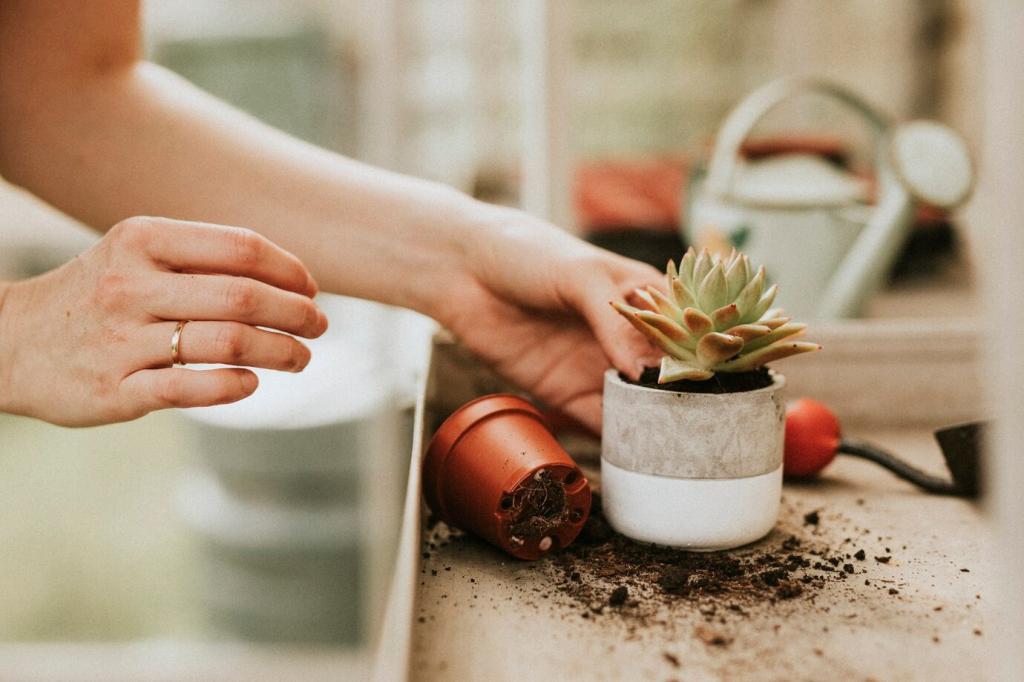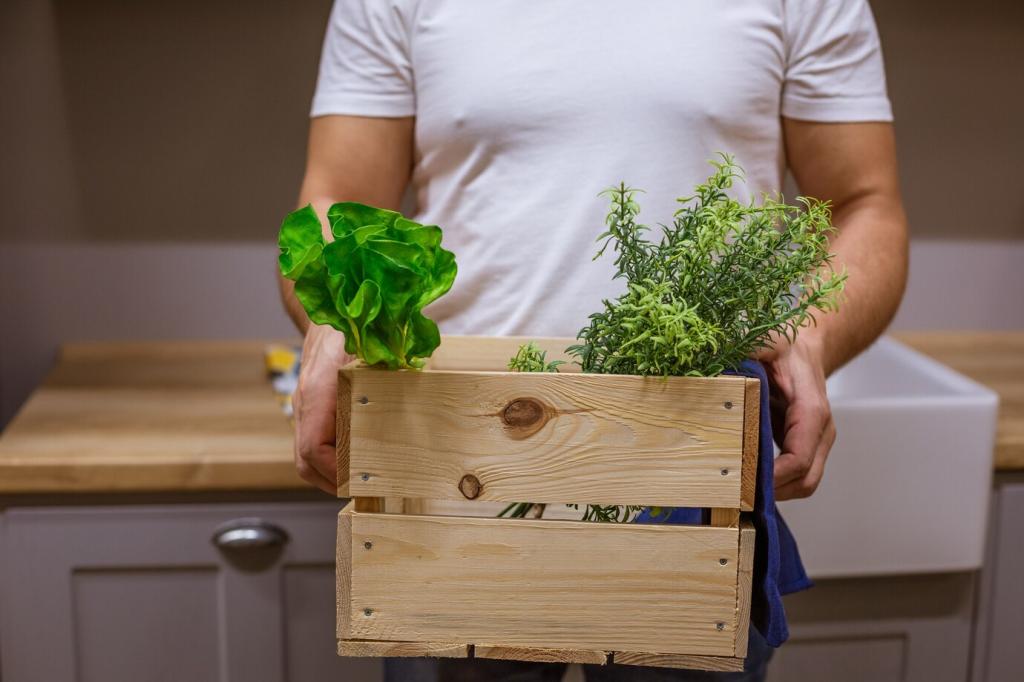
Rainwater Harvesting for Landscapes: Turning Storms into Sustainable Beauty
Chosen theme: Rainwater Harvesting for Landscapes. Welcome to a place where every raindrop becomes a design choice, a cost saver, and a greener tomorrow. Learn how to capture rain, nourish your garden, and build resilience—then share your wins and subscribe for fresh, seasonal ideas.
Rainfall to Resource: The Basics

One inch of rain on a 1,000 square foot roof yields about 623 gallons—enough to deep-water trees and recharge soils. We collect from roofs, guide water through gutters and filters, store it safely, and distribute gently to where roots actually drink.
Designing Your Catchment and Conveyance
Smooth, durable metal roofs often deliver high yield and cleaner runoff. If watering edibles, research coatings and avoid treated wood shingles. Keep overhanging limbs trimmed, and install leaf screens to cut maintenance. What’s on your roof today—metal, tile, or asphalt?
Designing Your Catchment and Conveyance
Size gutters for peak storms, slope them slightly, and use downspouts with cleanouts. A first-flush diverter discards the initial debris-laden runoff—often 0.5–2% of rainfall—protecting storage and plants. Add an easy drain valve so you’ll actually maintain it.


Smart Storage: Barrels, Cisterns, and Ponds
Fifty to eighty-gallon barrels fit patios and side yards, linking in series as your confidence grows. Use opaque materials to reduce algae, add mosquito-proof screens, and secure child-safe lids. Place them on sturdy stands to boost gravity pressure for drip lines.

Efficient Distribution and Irrigation
A small height difference can power drip systems beautifully. Use low-pressure emitters, a filter, and a pressure regulator if needed. Lay lines under mulch to reduce evaporation, and flush seasonally. Start simple, then expand as you measure results.
Soils, Plants, and Landscape Aesthetics
Incorporate compost and a touch of biochar to boost infiltration and microbial life. Avoid compaction by staying off wet ground, and cover bare soil with living or organic mulch. The goal is a living sponge that soaks and stores stormwater.
Group plants by water needs, placing thirstier species near downspouts and drought-tough natives on higher ground. Think in layers—trees, shrubs, perennials—to slow wind and shade soil. Share your regional rain patterns and we’ll suggest compatible plant palettes.
Let rain chains, stone rills, and permeable paths guide water like art. Hide cisterns with trellises or vine screens, and echo rooflines with graceful swales. Your landscape becomes a story where utility and elegance flow together.

Care, Stories, and Community
Maintenance That Prevents Headaches
Clean gutters twice a year, empty first-flush chambers after big storms, and inspect screens for tears. Test valves, check for algae, and verify overflow paths before the rainy season. A 30-minute checklist now prevents weekend repairs later.
A Backyard Story: From Puddles to Pollinators
Maya’s 1,200‑square‑foot roof once flooded her patio. After adding a diverter, two barrels, and a mulched basin, spring overflow became a nectar patch. Bees arrived, the water bill dropped 28%, and summer tomatoes stayed remarkably plump.
Get Involved and Share
Tell us your catchment size, first-flush setup, and favorite plants. Ask questions, post photos, and help a neighbor avoid a common mistake. Tap subscribe for monthly tips, project templates, and community challenges you can try in a weekend.
